I was surprised at first, in the aftermath of the terrible fire which ravaged Notre-Dame de Paris this month, by the sudden big flow of readers who’ve searched out my article on why there are roosters on top of so many French churches… Then I saw this picture from the recovery of Notre Dame’s own rooster, which had been sitting atop the spire that tumbled down so dramatically in the course of the fire.
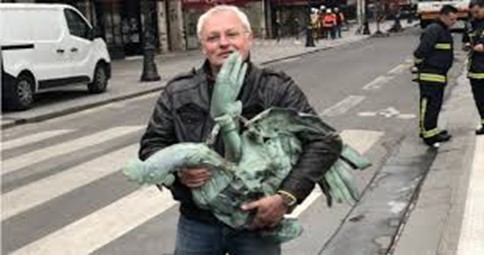
And the discovery was even more important than I’d imagined; according to the Catholic News Agency, “the rooster also functioned as a lightning rod for the cathedral and contained one of the thorns from the crown of thorns, as well as relics of the French saints Denis and Genevieve.”
As of today, there’s no definitive word about the condition of these ancient relics – but the whole tragic incident got me wondering. Are there other great cathedrals and monuments in France that are at risk because of their physical condition? And more precisely for this blog: are any of the great churches in the deep heart of France – the Auvergne, the Dordogne, Rhone-Alpes – also at risk?
An inventory of France’s architectural wealth
In fact, there is an organization charged with answering this specific question: l’Observatoire du Patrimoine Religieux (the Observatory of Religious Assets, or OPR). Their first mission is to build a database to identify and count all of the religious buildings in France – churches, mosques, meeting halls, cathedrals, basilicas, etc. To date, they’ve counted 72,800 such edifices. Following on this identification, the second mission of the OPR is to assess the “health” of each building – its state of decay (if any), the quality of its infrastructure, damages received from storms or fires, problems with the stained glass, and other repairs needed.
(It’s a process that relies heavily on volunteers. If you speak French and are interested in helping, check out this link to find out how to get involved).
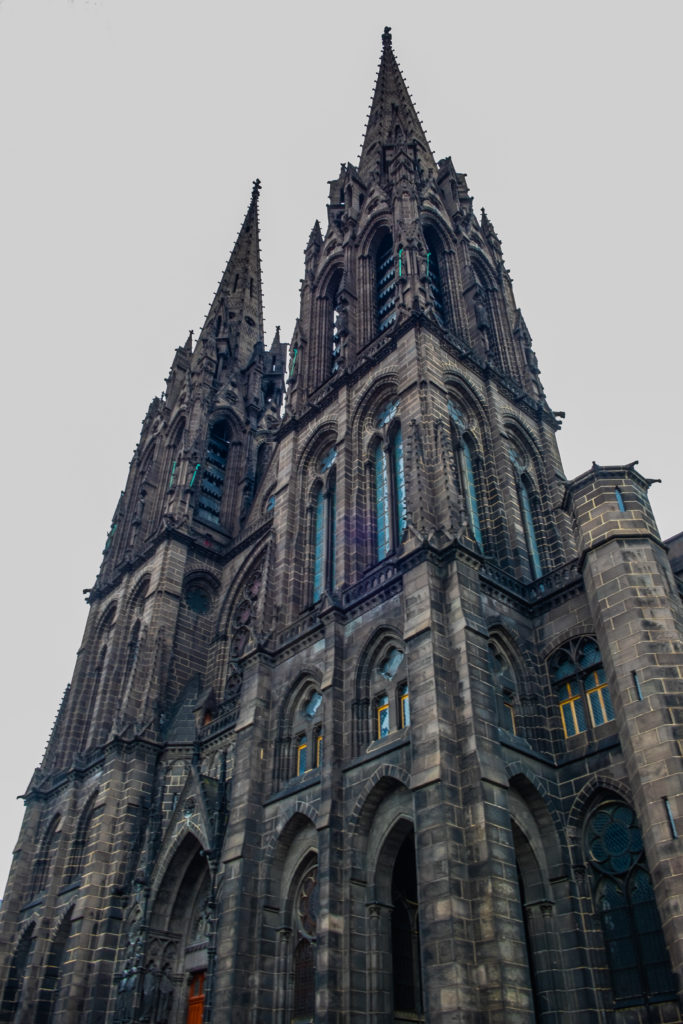
“There are other Notre Dames to be saved”
Of all the religious structures they’ve counted, the OPR estimates that 500 are “threatened”, and another 5,000 that are “suffering” in one way or another. Of the 87 cathedrals owned by the French government**, 10 are on the “threatened” list, including the one at Troyes whose windows are at risk of falling.
Notre Dame in Paris is so well-known and so beloved on the world stage that it’s easy to forget other disasters that happened further from Paris. The Cathedral at Nantes was also ravaged by fire in 1972; other fires were reported last year in Trémel and Rennes, and dozens of other buildings suffered falling rock, invasions of mold, lightning strikes, and cracks in the ancient walls.
** You might be surprised to know that, since the French Revolution, most religious buildings in France are the property of the government. According to the OPR, anything built before 1905 is in that category. That means 95% of the sites in their database belong to their local commune or to the national government; these buildings are then “leased back” to the local congregations who operate the churches.
As the OPR says, “there are many ‘little Notre Dames’ to be saved all across France.” And one of them they cite in particular is the cathedral I know best: Notre Dame de l’Assomption, the great “black” cathedral dominating the skyline of Clermont-Ferrand in the deep heart of France.
The Black Cathedral
Clermont-Ferrand’s most identifiable landmark is itself proof of how hard it is to build and maintain a great cathedral over the centuries. The current building dates to 1248 C.E. – but it’s the fourth church to be built on the little volcanic plateau that dominates the center of the city. The first one was built in the 5th century and knocked down by King Pepin the Short in 760 C.E. He felt bad about it, though, and donated the money to build another one – also destroyed when the Vikings (Normans) showed up here in 915. The third attempt was consecrated in 946, and by all accounts it was a Romanesque beauty, the model for many of the great Romanesque churches that still characterize the Auvergne today.
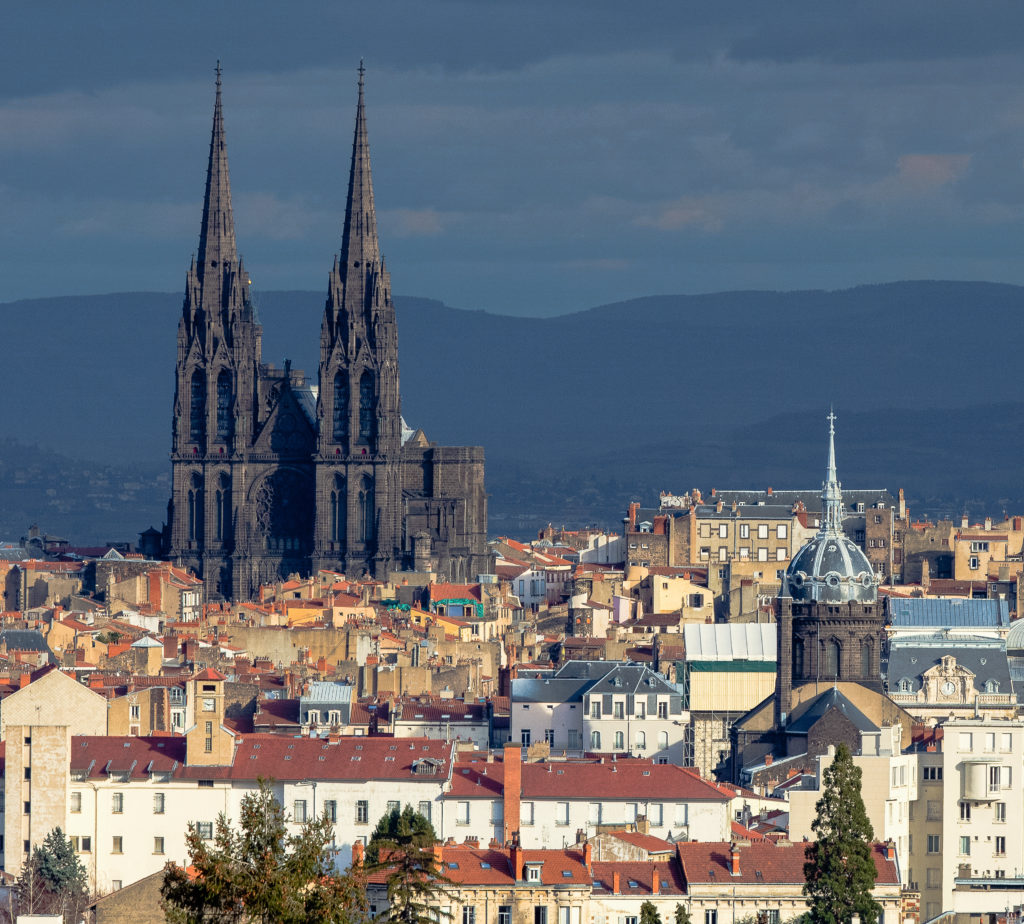
The “new” cathedral (built beginning in 1248) is also striking for three main features:
- It’s the only “black” cathedral in France, having been built with blocks of lava carved out of the volcanic flows at Volvic and dragged 11 kilometers (7 miles) down to Clermont-Ferrand.
- Its extraordinary stained-glass windows are believed to have come from the same workshops that created the breathtaking glass in the Sainte-Chapelle in Paris. (Clermont’s Bishop, Hugues de la Tour, had just come back from visiting the famous Parisian chapel when work began on this building.) Money for the windows came from King Louis IX, who came here in 1262 to see his son (the future King Philip III) marry Isabella of Aragon.
- The lacy twin spires that make the church so imposing were actually not added until 1884 – and they give Clermont’s cathedral another connection to that more famous Notre Dame in Paris: the spires were designed by the great architect Viollet-le-Duc, the same guy who added the spire we watched collapse in flames to Notre Dame to Paris.
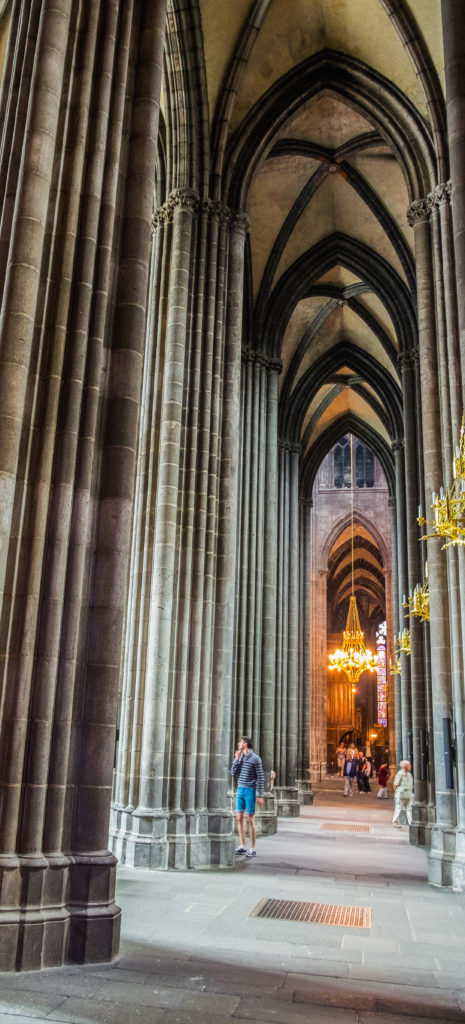
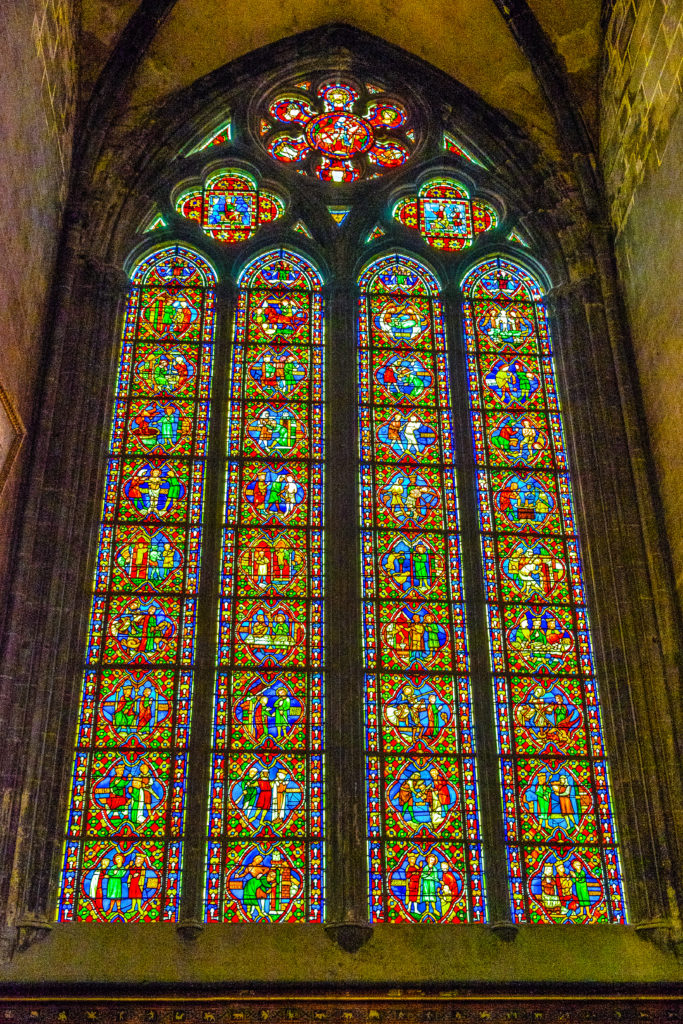
The cathedral threatened
Like so many other cities and villages in the deep heart of France, Clermont-Ferrand (and its cathedral) suffered the vicissitudes of the Hundred Years’ War and the French Revolution. The building’s enemy today, though, is time – the constant battle to battle decay and keep up with maintenance on a 770-year-old structure.
In August of 2017, the Puy-de-Dome’s departmental Fire Safety Commission issued a formal advice against letting the public visit the black cathedral. The biggest risk, according to the experts? The wooden framework that supports the building’s roof. In Paris, the great logs making up this skeleton dated to the 13th century; in Clermont, they are “only” 400 years old, but still dry enough to turn even a small spark into a raging flame. It actually happened here 5 years ago when workers reheated the lead joints holding the roof’s tiles in place and a little patch of moss growing on the wood caught fire; fortunately, the workmen caught the incendie in its earliest stages and put it out.
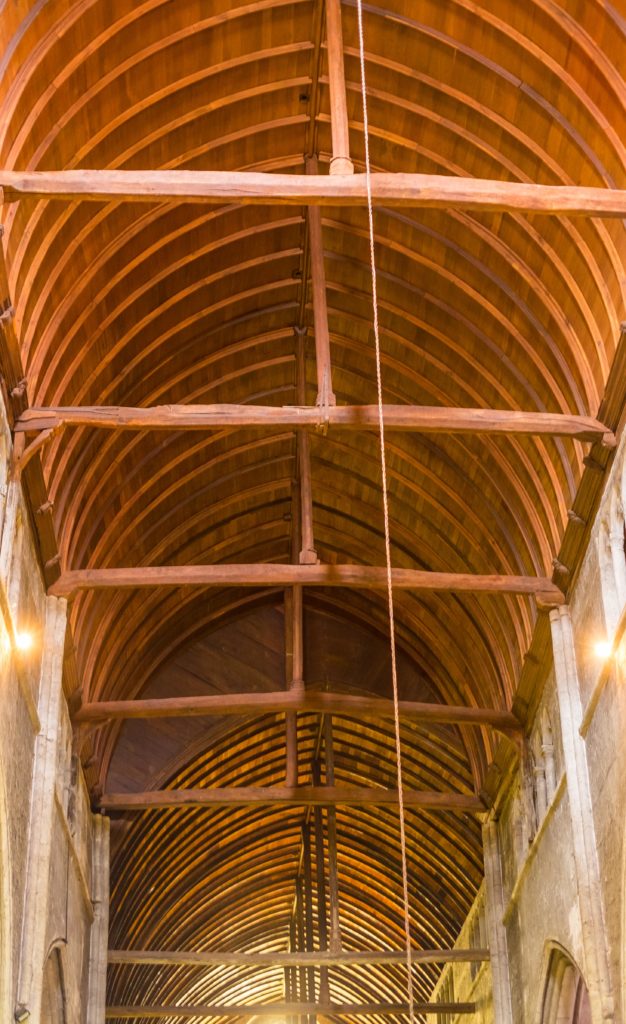
It’s not just the wooden framework, though, that threatens Notre Dame de l’Assomption. The Fire Safety Commission also cited problems with the cathedral’s aging electrical network, the storage of combustible materials, and the absence of ‘dry risers’ (colonnes sèches – interior conduits that would help carry pressurized water up to the roof in the event of a fire).
….but here’s the rub!
All the necessary public agencies have gotten involved in attacking these problems in Clermont. The Mayor issued orders to keep the cathedral open to visitors (providing that one of the entrances was closed, and on condition that the French government come up with the money necessary to improve the situation). As La Montagne (the local newspaper) says dryly, “since then, there have been lots of meetings and dialogue, but no work done yet.”
It does appear that the government has come up with the 950,000 Euros needed to do the work, and there now appear to be concrete plans for getting it done in the next several months. But the situation in Clermont-Ferrand highlights the greater problem for all the other threatened sites in France: the government has a budget of just over 100 million Euros to keep up the battle against decay in 72,000 churches across the country, many of which are 600 – 1,000 years old! While individual contributors and businesses stepped up quickly to offer over 1 billion Euros to rebuild Notre Dame in Paris, every one of the other “threatened” sites in the OPR’s database requires a local project, a local plan, and some way to find the money to do the work.
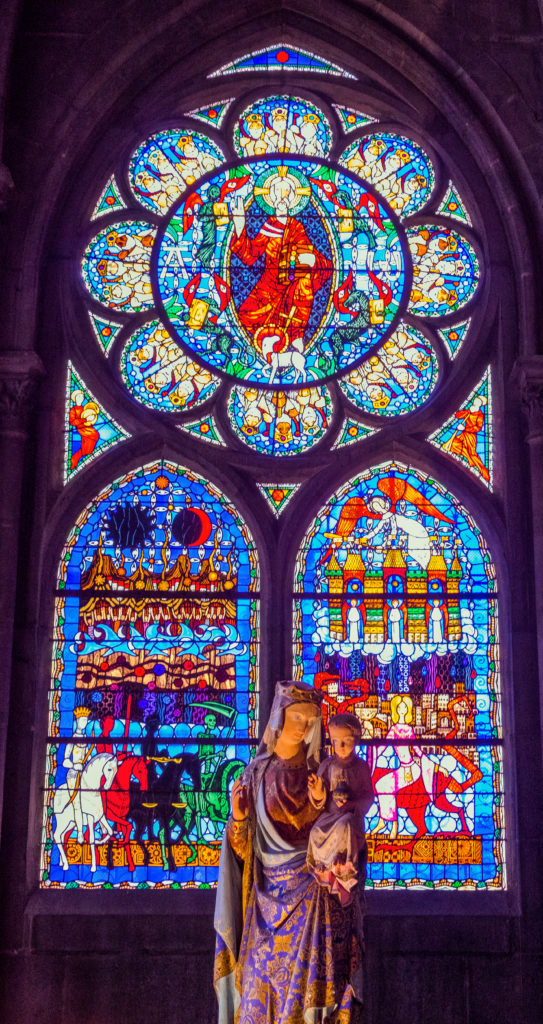
It’s a massive undertaking – in fact, an overwhelming undertaking – and the most likely result is that many of these buildings will simply have to be closed and will eventually fall into ruins. (The OPR’s list cites dozens of cases where that’s already happening.) Other ideas have been advanced – local administrators could start charging admission fees, local governments could add 50 centimes or a Euro to the local hotel tax per night – but the reality is that many of the smaller rural churches on the list won’t see enough benefit to turn back the decay.
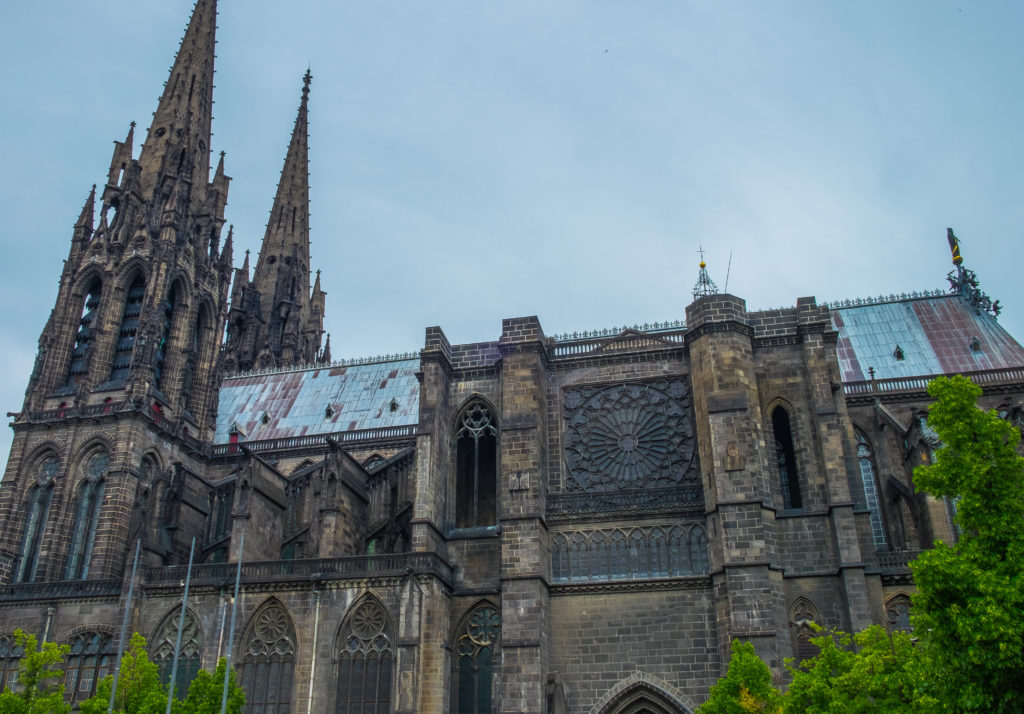
In any event, the fire in Paris has relaunched the conversation in communes and cities across France. The problem is clear enough; hard decisions will have to be made, or (in the absence of a decision) time and the forces of nature will act as they always do!
Have you visited a site where there was evidence of damage or degradation? Do you know about a local project to save a “threatened” building in France? Please share your experience in the comments section below – and please take a second to share this post with someone else who’s interested in the people, history, culture and places of the deep heart of France!
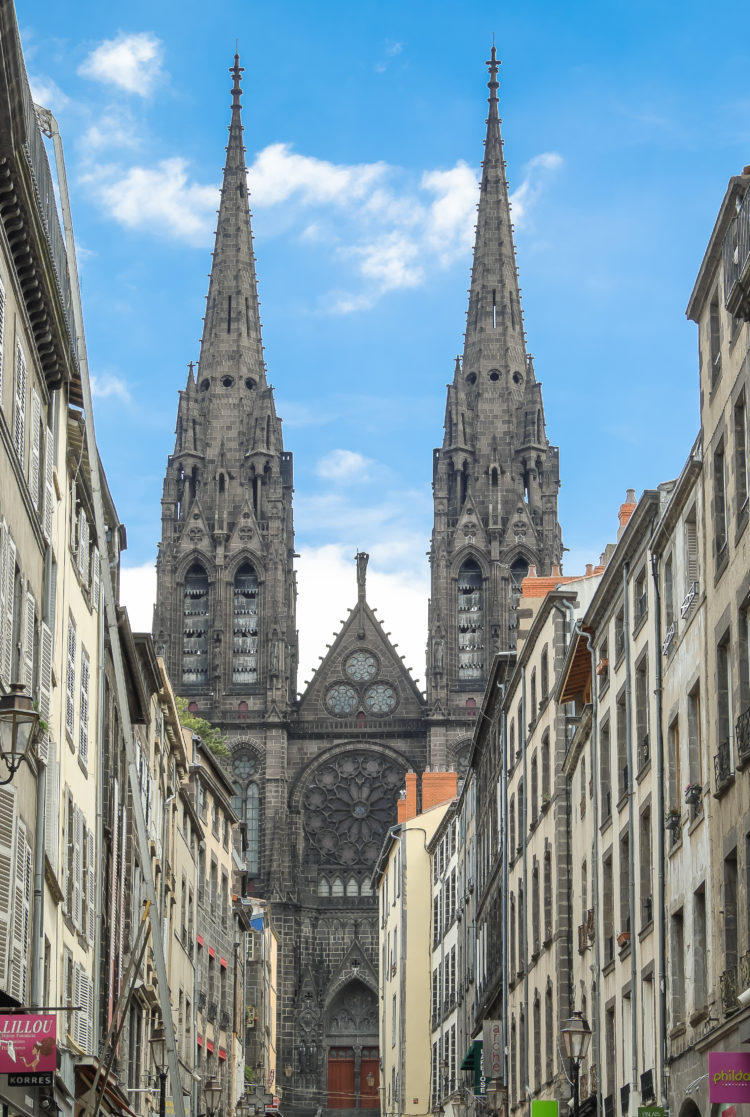
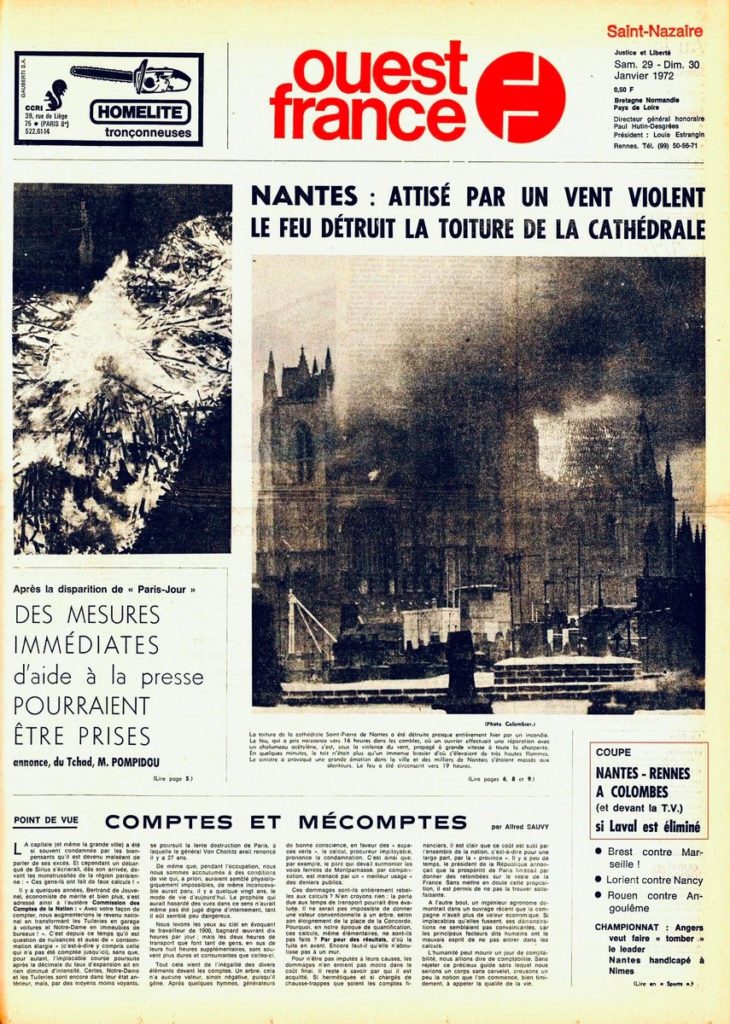

Another fabulous story about the cathedral closest to my heart. Thanks for highlighting that so many of these beautiful cathedrals are at risk of falling into decay. Let’s hope that more efforts will be made to protect these important monuments. Really enjoyed reading this, Richard.
It’s good to hear from you Laurie! Thanks for your comment.
I was struck by the amount of timber that this cathedral and the Notre Dame de Paris contain. There is so much visible stone, they really look indestructible. Thanks for your stories on this Richard.
Thanks Steve – it’s good to hear from you!